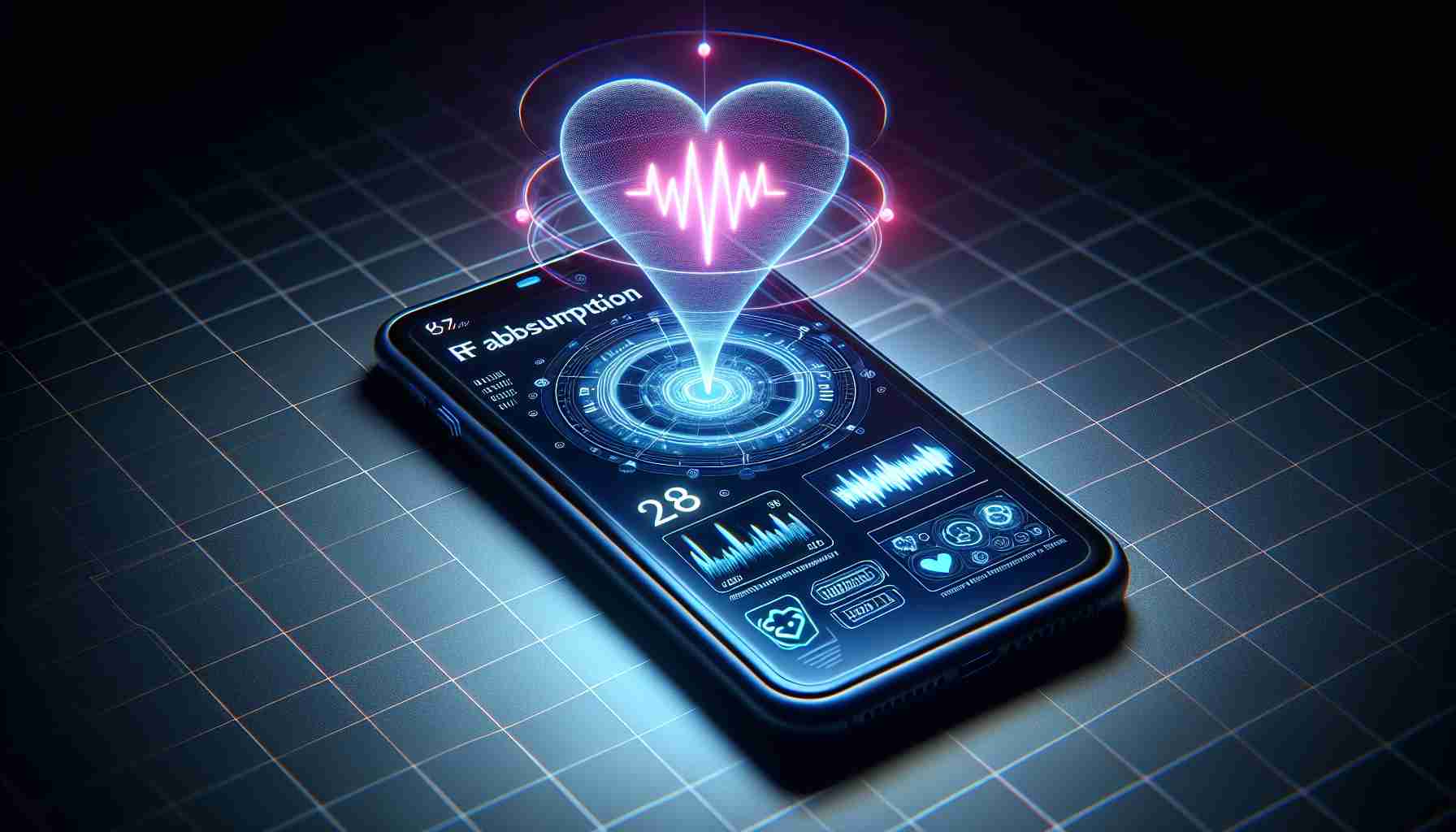Assessing RF Energy in Mobile Phones
Mobile devices are not just communication tools but also sources of radiofrequency (RF) energy. The body absorbs this non-ionizing electromagnetic radiation, and the absorption rate, commonly known as the Specific Absorption Rate (SAR), is a critical parameter that measures the amount of RF energy taken in by the body when using a mobile phone.
Research Sheds Light on Smartphone Radiation
Recent research from Stocklytics indicates that the radiation emission has increased in certain smartphone models. Some devices from manufacturers like Xiaomi and Samsung, specifically the Xiaomi Mi A1 and various Samsung Galaxy series, are releasing higher RF levels, prompting discussions on health and environmental impact.
Consumer Choices for RF Exposure Safety
Awareness of SAR values informs consumer decisions, as devices like Google Pixels and Apple iPhones typically have lower radiation outputs. To lessen RF absorption, using speaker mode or messaging rather than calling are viable options. Airplane mode also serves as a precaution, especially in poor signal areas.
The Ongoing Investigation of RF Effects on Health
Global health organizations, such as WHO and IARC, are diligently exploring the effects of RF radiation on human health. Although no direct link to illnesses like cancer has been established, continued research is vital to understanding long-term effects.
Global Standards for Mobile Device Safety
Strict SAR thresholds have been implemented, with a maximum of 1.6 watts per kilogram in the U.S. and 2.0 in the European Union. Every mobile phone sold legally within these regions must adhere to these limits. This regulatory framework strives to balance user safety with device performance.
Implications of Low SAR Levels in Smartphones
Choosing a phone with a low SAR minimizes RF energy exposure, addressing health safety priorities. However, this choice may affect the performance of powerful, feature-rich smartphones, which generally require more RF emission for better connectivity and function.
Understanding RF Energy and Its Impact on Health
Smartphones emit radiofrequency energy which can be absorbed by tissues closest to where the phone is held. While RF energy is a type of non-ionizing electromagnetic radiation, there is a scientific debate about whether prolonged exposure can result in adverse health effects, including increased cancer risk or other pathologies. For instance, a significant body of research being conducted by various health organizations, including the National Institutes of Health (NIH) and the National Toxicology Program (NTP), is focused on understanding the potential health outcomes associated with RF energy exposure.
Key Questions and Answers:
Q: What impact does RF energy have on the human body?
A: RF energy can cause localized heating in body tissues, but the health implications of long-term exposure are still being studied.
Q: Why is SAR important?
A: SAR is an indicator of how much RF energy is absorbed by the body and ensures that mobile devices remain within safe exposure limits set by regulatory bodies.
Challenges and Controversies:
One of the main challenges is establishing definitive evidence on the long-term health effects of RF exposure from smartphones. Research findings have been inconclusive or conflicting at times, leading to public confusion and concern. Additionally, there is controversy regarding industry influence over research and regulatory standards, with some advocating for stricter controls and lower acceptable SAR limits.
Advantages and Disadvantages:
A significant advantage of understanding and regulating RF energy absorption is the potential to mitigate any unknown long-term health risks. On the downside, stricter regulation may limit the performance of smartphones, which could lead to slower data speeds or reduced signal coverage.
As mobile technology continues to advance, maintaining a balance between device performance and user health remains a key consideration for manufacturers, regulators, and consumers alike.
For further information on global health research, you can visit the World Health Organization at WHO and the International Agency for Research on Cancer at IARC. Additionally, the National Institutes of Health (NIH) provides research on various health issues including RF energy at NIH.
The source of the article is from the blog girabetim.com.br
